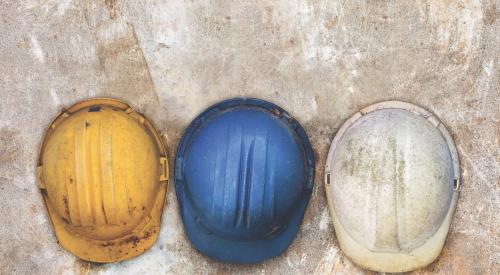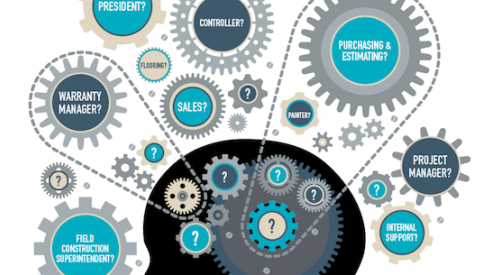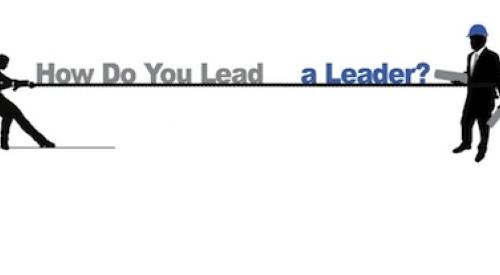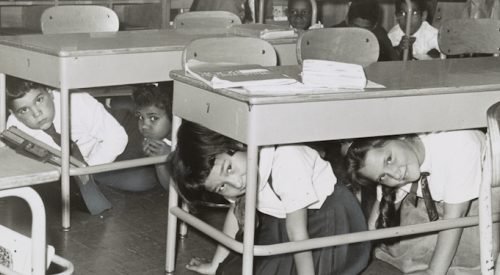| Contact Scott Sedam via e-mail at scott@TRUEN.com
|
People problems are perhaps the most vexing problems in this or any business. In home building, they are particularly troublesome because 95% of the people who do the work of our firms do not actually work for us as direct employees.
Where do we learn about people? I believe the most significant portion of this learning comes on the job. If you are really lucky, you had a job early in your career that taught you a lot of the truths - and debunked many of the myths - regarding people. Such an experience can help you avoid the worst mistakes. For me, it was my first job out of college.
In 1974, U.S. Steel’s South Chicago Works employed 12,000 people, 4,500 of whom worked around the clock in the Structural Division. "South Structural," as it was called, was at that time the largest structural rolling mill in the world. It was with a sense of awe that I began working there as a newly minted "turn foreman" late in 1974. I had just completed my six-month training tour, alternating among stints in various mill operations such as foundry, blast furnaces and steel-making.
I was now officially "management," signified by my two-tone blue hard hat with the yellow stripe down the middle. The yellow stripe indicated Structural Division, and it was worn with pride. To the workers, in fact, we were called "Blue Hats." It was an interesting culture, to say the least. In a nutshell, this was what they taught us:
First and foremost, everyone is guilty until proved innocent. Never trust anyone except another Blue Hat from Structural Division - and even then be wary. Blue Hats from other divisions were not to be trusted because, of course, they were our competition. The "no trust" list included all union personnel (the workers) and especially anyone in the United Steel Workers hierarchy, such as "grievance men" or committee members. You weren’t to trust any people from engineering, whether they were local or "plant" engineering or even worse, the corporate engineers out of Pittsburgh. We were also told, in so many words, not to trust anyone from OSHA, and don’t even talk to someone from the state or federal EPA. And never, ever, trust those sorry sorts from the EJ&E Railroad, our company-owned transportation subsidiary that did all of the switching in and between the four major U.S. Steel-owned mills in the region.
It was hard not to become cynical and, in truth, most people did - on both sides. Our mill superintendent - the top guy - was called "Swede Savage." Let’s just say his appellation was a significant understatement. Our department manager was called "the Colonel" after his stint as a Marine Corps officer. Turns out his daddy had been a big-time general in World War II. That mattered, because our Colonel’s Vietnam-era assignment had been to head the Marine Corps Band. I’m in no way denigrating this venerable institution, but running the band was probably not exactly what his dad had in mind. As a result, our Colonel spent his career trying to re-create Marine Corp discipline within the ranks of the USW. Not a good fit.
After about six months of this exposure, my idealistic notions about the world were being challenged, to say the least. Then a strange bit of serendipity occurred. I moved up by Wrigley Field. I’ll spare you the details, but let’s just say it didn’t take long to discover there is no better place on earth for a 22-year-old than passing away a beautiful summer afternoon in the Wrigley Field bleachers, drinking Old Style and making friends with the locals.
Oh, I met some guys there, too. This discovery changed my career in the mills and set me on a different course in regard to people. In the mill, we worked rotating shifts - 7 to 3, 3 to 11, and 11 to 7. But no one, especially the older guys with families, wanted to work 11-7. Thus came my opportunity. I volunteered to work as many "night shifts" as possible in order to spend as many afternoons as possible at Wrigley Field.
After a couple of months on the night shift, I discovered a strange phenomenon. Many of the employees who were marginal or even lousy workers on the day shift were just great on the night shift. I, of course, surmised that the difference was the result of my learning curve and becoming a better supervisor - and I was a better supervisor - on the night shift.
Then September came, the Cubs (as always) were out of the playoffs, and it was time to go back to the regular swing-shift rotation. There the real shock came. All of these great people on the night shift turned right back into ineffective clods on the day shift! Bizarre behavior, or so I thought.
Just to be sure you are following me, I’ll say it again: The same employees who were thoughtful, helpful, proactive, efficient, effective, productive and cooperative on the night shift became uncaring, lazy, inefficient, ineffective, nonproductive and uncooperative slobs on the day shift. Then they cycled back again to the night shift, and all would be well - for a week. I was afraid I was suffering from paranoia, schizophrenia or some other malady.
On the night shift, a millwright would help an electrician, and a pipefitter would help a mason. On the day shift, it was "no-my-yob." On the night shift, the union always looked the other way on work rules. On the day shift, USW work rules ruled. Five or 10 times more grievances were filed against management on the day shift compared with the night shift. On the night shift, people truly looked out for each other. They shared their food and their lives. On the day shift, people ate alone and talked about work only. It was every man for himself (and it was 95% men.)
The statistics bore out what I saw. Production was higher on the night shift, quality was better, and the accident rate was lower. Of course, management thought we were just cheating on the night shift. But it didn’t take me long to realize that something profound and important was taking place. And the controlling variable could not be the workers. The workers were perfectly capable of being good workers - or bad workers - depending on their environment.
I began to realize that everything the senior managers tried to teach us about the workers was wrong. Because midmanagement and above worked the day shift, they never saw the other side of these people. They were smart. Capable. Caring. When they chose to be.
So what was the variable? In our end of the mill on the day shift, we had one division superintendent, three department superintendents, three general foremen, two "vicing" general foremen, nine foremen, plant engineering, corporate engineering, OSHA representatives, five or 10 union reps, safety coordinators, a host of people from quality control - and 150 people working.
On the night shift we had three foremen, one QC inspector - and 150 people working. This is called "a clue." It took awhile, but I got it, and the knowledge that came from it changed the way I look at the world forever.
I won’t give you all of my conclusions from this episode in this forum because I hope you’ll take it, share it with your work group and talk about the implications, especially the parallels to home building. But I will leave you with key questions.
Is it possible that some of the people we think are poor performers or have bad attitudes are actually just responding in a natural way to the environment management has created? Is it possible that all of those trades you think are marginal, at best, could be great trades if you treated them differently? Is it possible they already are great trades for some other builder who has cracked the code on this thing? Could the real problem be you, not them? Are you a victim of the day-shift mentality?
Send me an e-mail. Let me know how your discussion goes. I’ll print the most interesting responses.
Scott Sedam's Editorial Archives












